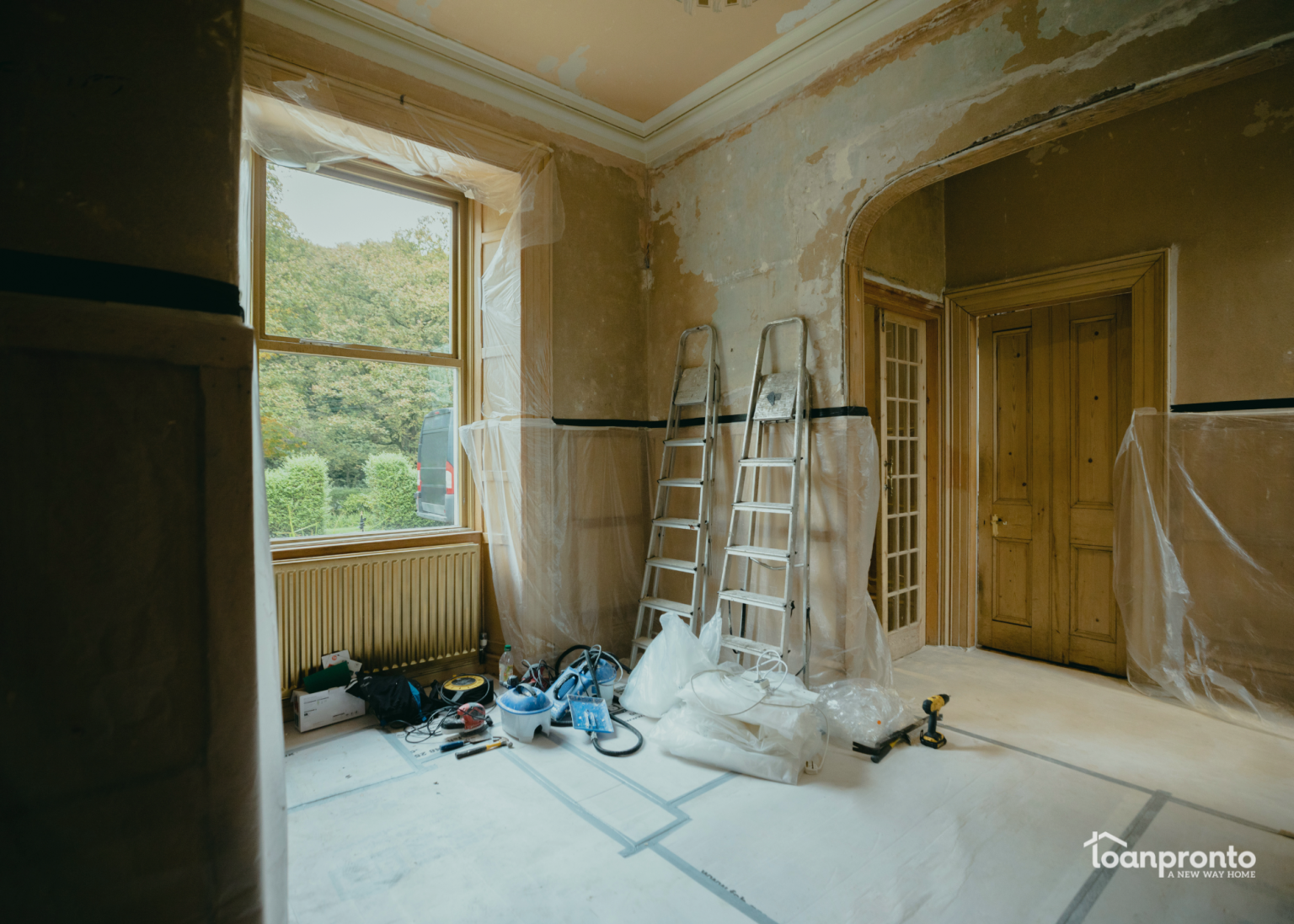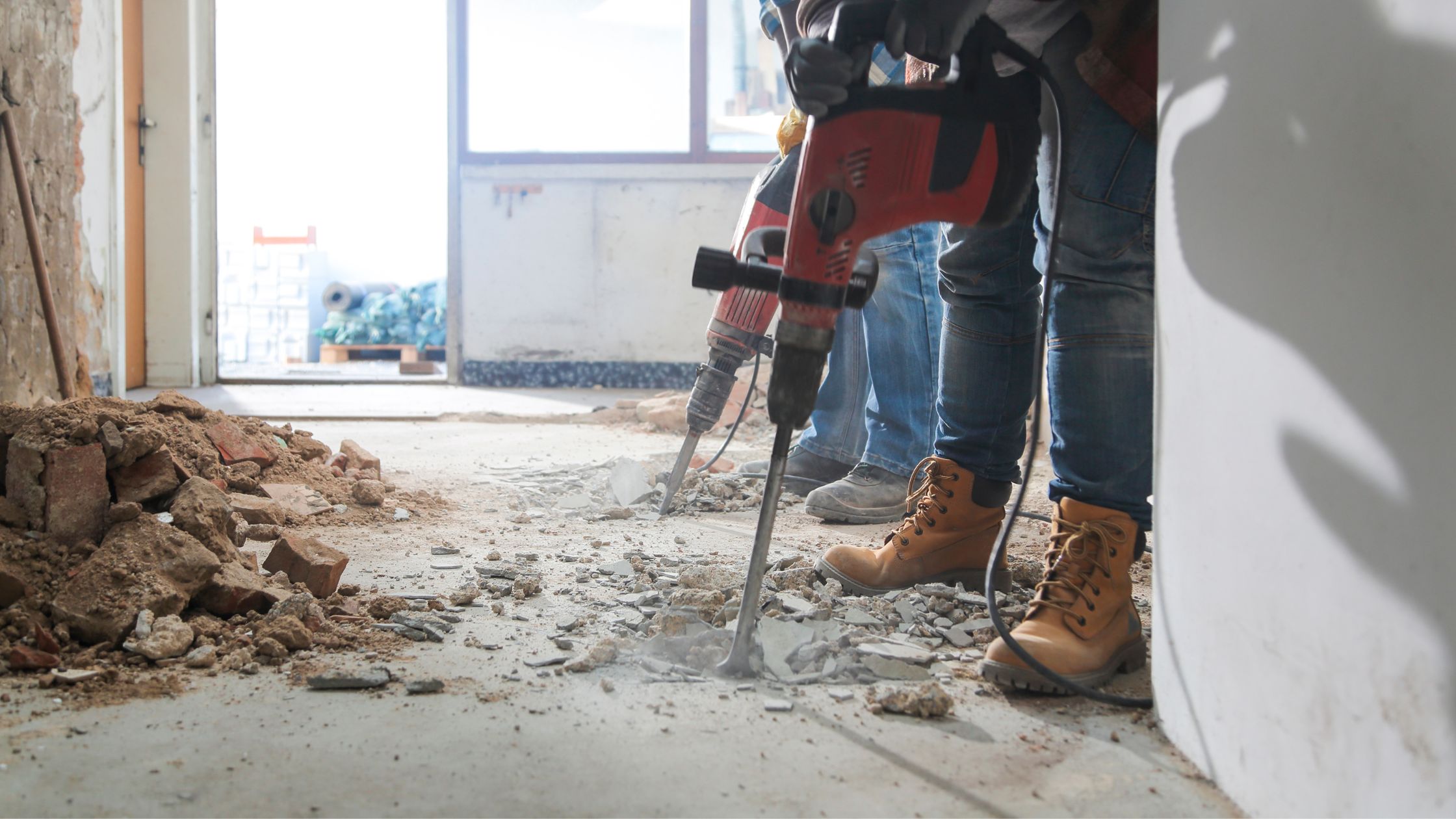Key Takeaways
-
FHA 203(k) loans let you combine home purchase or refinance with renovation costs in one mortgage.
-
There are two types: Limited 203(k) for minor repairs and Standard 203(k) for major renovations.
-
Low down payment and flexible credit requirements make it easier to qualify than conventional renovation loans.
-
Only owner-occupied homes are eligible, and work must be done by licensed contractors.
Thinking about buying a fixer-upper or renovating your current home? A FHA 203(k) loan might be your best option in 2025. This flexible renovation loan lets you combine the cost of home improvements with either a purchase or a refinance—all in a single mortgage. Whether you’re tackling major repairs or cosmetic updates, an FHA 203(k) loan offers lower credit score requirements, competitive interest rates, and minimal down payment options. In this complete guide, we’ll explain how FHA 203(k) loans work, the different types available, eligibility requirements, and the pros and cons to help you decide if this government-backed financing tool fits your needs.
What Is an FHA 203(k) Loan?
An FHA 203(k) loan, also known as an FHA rehab loan, allows you to finance both the purchase (or refinance) of a home and the cost of qualified renovations with one mortgage. Backed by the Federal Housing Administration, this loan is designed for owner-occupants—not investors—who are buying or renovating a primary residence in need of repairs.
Like traditional FHA loans, 203(k) mortgages require mortgage insurance and must be issued by an FHA-approved lender. However, they offer far more flexibility for buyers and homeowners tackling renovation projects.
Types of FHA 203(k) Loans
There are two main types of FHA 203(k) loans, each tailored to different renovation scopes and budgets:
| Loan Type | Best For | Repair Budget Range | Consultant Required |
| Limited 203(k) | Minor, non-structural improvements | Up to $35,000 | No |
| Standard 203(k) | Major or structural renovations | $5,000 minimum, no max cap | Yes |
The Limited 203(k) is ideal for updates like new flooring, appliances, or a bathroom remodel. The Standard 203(k)covers larger projects such as foundation repairs, room additions, or structural upgrades.
How an FHA 203(k) Loan Works
These loans are available as 15- or 30-year fixed-rate or adjustable-rate mortgages (ARMs). The total loan amount includes the purchase or refinance price of the home plus renovation costs.
Lenders base the maximum loan on either:
- The home’s value after renovations
- The pre-renovation value plus repair costs
- The local FHA loan limit
Additionally, borrowers can finance up to six months of mortgage payments if the home will be uninhabitable during the renovation period.
What Can You Use an FHA 203(k) Loan For?
A variety of repairs and improvements are eligible under FHA 203(k) guidelines:
| Type | Eligible Improvements | S |
| Standard 203(k) | Structural repairs and foundation work, Room additions or garage construction, Health hazard remediation (e.g., lead paint removal)Accessibility upgrades New porches, patios, or decks |
Swimming pools or hot tubs Outdoor fire pits and gazebos Luxury upgrades Co-op units or certain mixed-use properties |
| Limited 203(k | Interior and exterior painting, Flooring replacements, Minor kitchen or bathroom updates, Appliance replacements | Same as Standard |
FHA 203(k) Loan Requirements in 2025
To qualify for an FHA 203(k) renovation loan in 2025, applicants must meet the following standards:
| Requirement | Details |
| Primary Residence | Property must be owner-occupied; investors are not eligible |
| Credit Score | Minimum 580 with 3.5% down, or 500–579 with 10% down |
| DTI Ratio | Must be 43% or lower |
| Licensed Contractor | Work must be performed by an approved and licensed contractor |
| Completion Timeline | 12 months for Standard loans; 9 months for Limited loans |
Self-renovation is rarely permitted unless you’re a licensed contractor completing approved work on your own residence.
How to Apply
Getting started with an FHA 203(k) loan involves several steps, but a trusted lender will guide you through the process.
- Find the right property. Choose a home in need of renovations or plan to refinance your current one.
- Get pre-approved. Connect with an FHA-approved lender to verify your eligibility.
- Hire a licensed contractor. Gather written estimates and timelines for the renovation work.
- Work with a 203(k) consultant (if needed). Required for Standard loans, these consultants help manage the project.
- Close on the loan. After closing, renovation funds are placed in escrow.
- Begin renovations. Contractors are paid in draws based on project milestones and inspections.
- Final inspection and fund release. Your lender will release the final payment once the work is complete and approved.
Using an 203(k) Loan to Refinance
Already own your home? You can use an FHA 203(k) refinance to fund renovations. The process mirrors the purchase loan: you’ll work with an approved lender, hire a contractor, and complete the repairs within a designated time frame. If you already have a 203(k) loan, a streamline refinance could help reduce your interest rate or monthly payment.
Is This Right for You?
If you’re looking to purchase a home that needs repairs—or you want to upgrade your current property—an FHA 203(k) renovation loan may be the most practical way to combine financing and construction costs. With competitive interest rates, low down payment requirements, and fewer credit restrictions than conventional renovation loans, it’s an excellent tool for homebuyers in 2025 who want to build equity while improving their living space.
FAQs About FHA 203(k) Loan
No SSN required. Zero impact to credit. Your Information is never sold.



